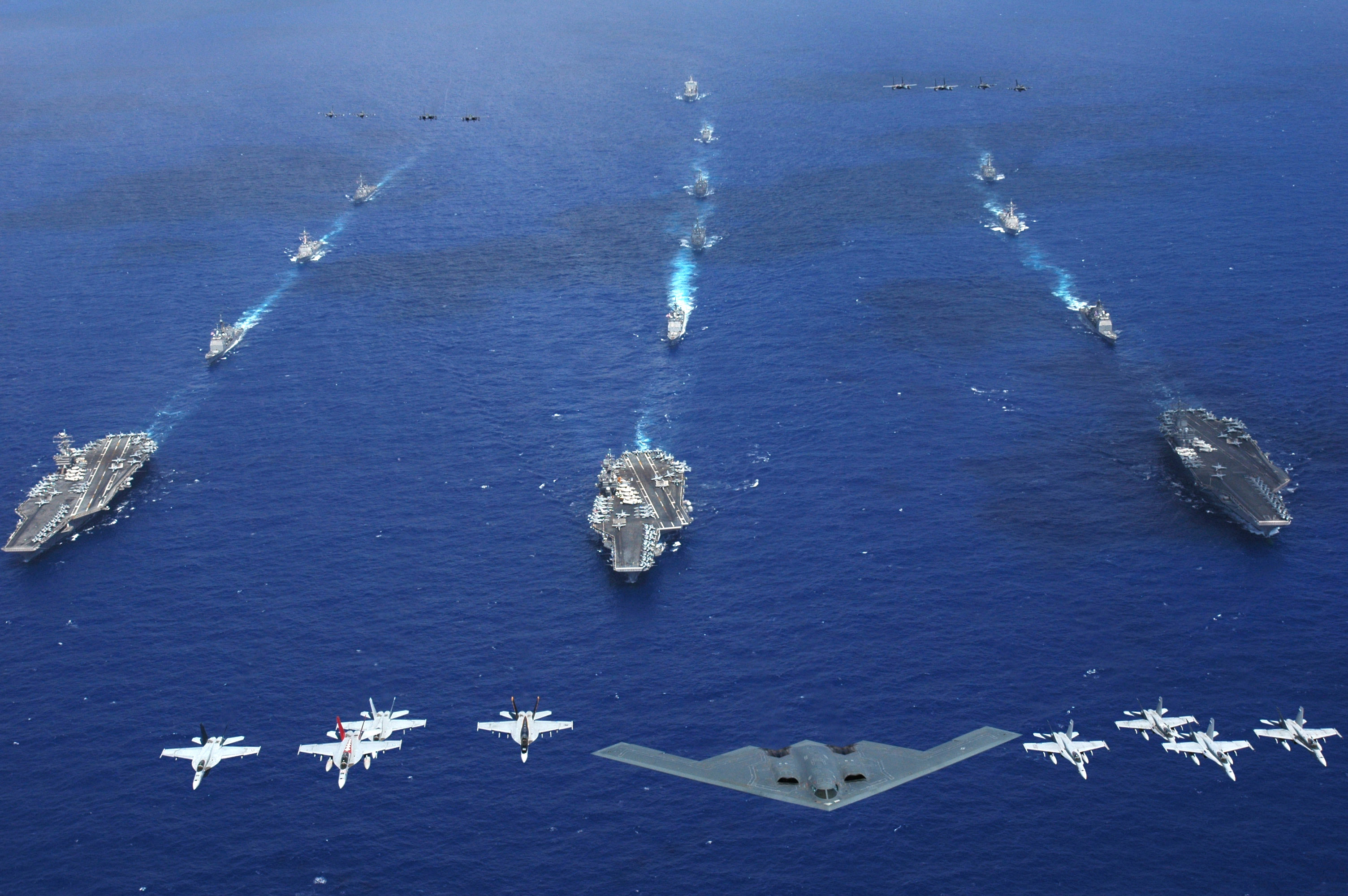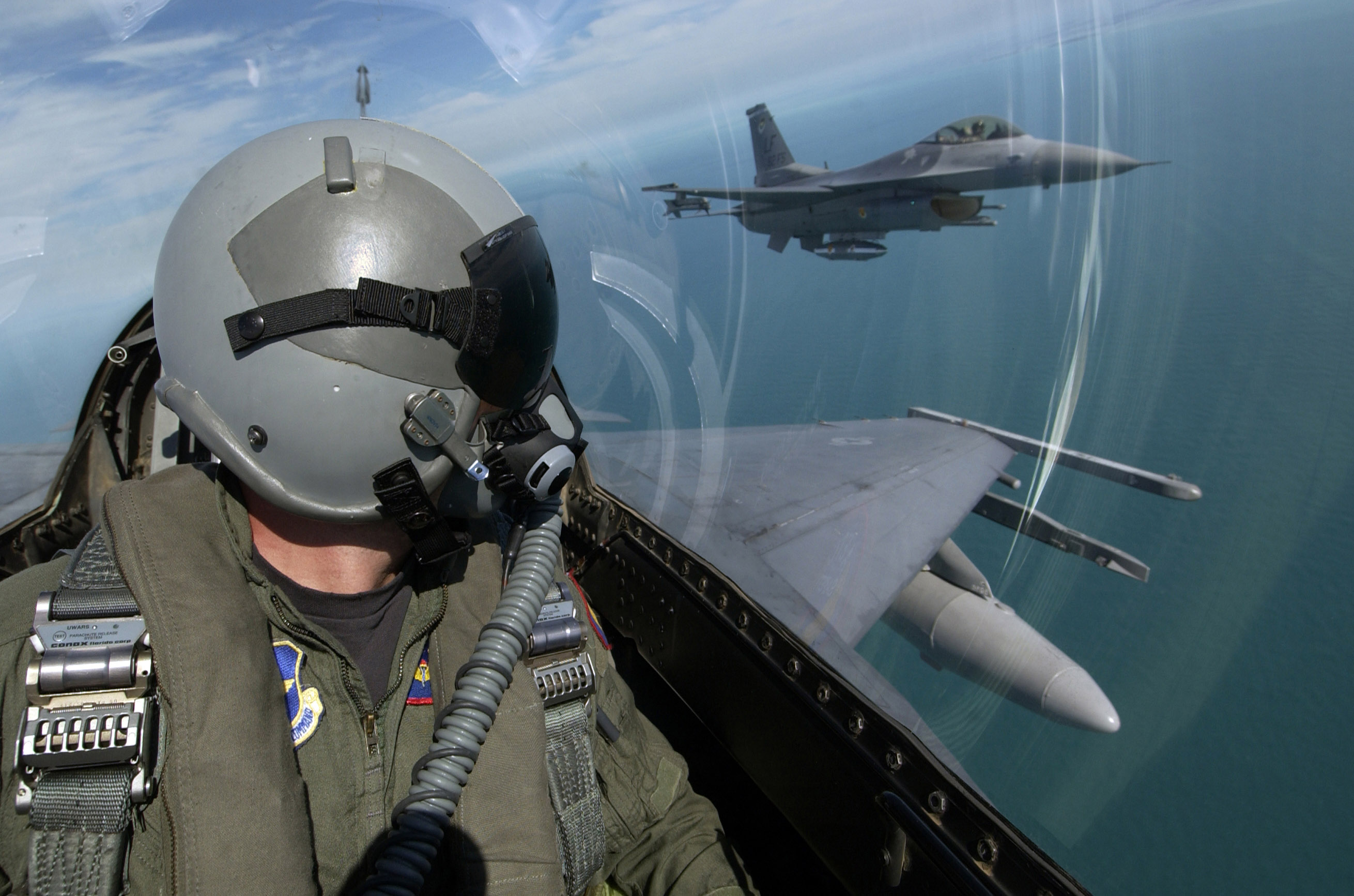Aaron Willschick takes a look at NATO’s Connected Forces Initiative and the major difficulties that go along with building interoperability within an alliance of self-interested members.
With austerity and budget cuts to national defence spending in recent years, all 28 NATO defence ministers met in Brussels at the end of February for talks on improving efficiency and capabilities. Acknowledging that organizational competence and effectiveness are in need of improvement, all defence ministers agreed on goals for more ambitious training and exercises in order to preserve and further develop interoperability within the Alliance. The framework for these improvements is the Connected Forces Initiative (CFI), a program implemented by NATO to promote and develop interoperability. Despite the good intentions of the CFI, it is an initiative with little chance of practical success in the long term.
What is the CFI?
In a speech last month at the Munich Security Conference, NATO Secretary General Anders Fogh Rasmussen stated that he sees three significant changes that will affect NATO in the coming years; defence cuts in Europe, the evolution of the United States defence posture and the end of combat operations in Afghanistan. Rasmussen went on to note the need to respond to these changes so that by the end of the decade, NATO emerges stronger. A key part of the response is “smart defence,” of which the CFI is a crucial aspect. As noted by Rasmussen, Allies need to find ways to maintain and modernize their defense capabilities. Smart Defence is about doing more by doing it together, brought on by fiscal austerity and defense budgets under pressure. It is meant to connect forces under a common command, understanding, control, arrangements, standards, language and doctrine.
According to Vicente from a recent issue of the Atlantic Voices newsletter, Rasmussen has proposed the CFI as a reinforcement of Smart Defence with three different components; education and training (maximizing the value of NATO facilities and Centres of Excellence), increased exercises (especially with the NATO Response Force) and better use of technology. It is a political initiative that emphasizes interoperability with the ability to connect all Allied forces and make the capabilities acquired through Smart Defense work together. An important element of the CFI is that the lessons learned from Allies’ and partners’ operations should be applied to the updating and improvement of doctrines and concepts.
The CFI in Practice: An Act in Futility?
While the CFI is fraught with good intentions, it remains unclear whether it has any potential for success. In terms of implementation, the CFI relies a lot on active member state engagement. Yet despite a lot of activity and high-level political commitment from the Secretary-General, NATO Heads of State and Government, and other NATO officials, it is still unclear whether governments will succeed in defining and implementing a coherent approach. There have been attempts in the past to promote pooling and sharing, but they have for the most part produced limited tangible results. Additionally, the CFI itself remains a vague concept. Without a truly official definition, it has so far been presented by NATO officials simply as a political initiative meant to emphasize the importance of interoperability. This in itself is an interesting definition given the fact that for over sixty years has NATO not already been promoting the ability of states to work together in a cohesive and efficient manner? For there to be some concrete results, the CFI has to be more clearly defined and articulated by senior NATO officials.
Major Challenges
There remain a few key challenges for NATO to overcome with the CFI. For it to work, NATO member states must be willing to give up certain capabilities so that the Alliance can collectively fund and maintain them. This means that the CFI must help align nations’ priorities with NATO’s collective priorities as they develop during NATO operations. According to Vicente, to increase multinational cooperation across NATO over the mid to long-term, the two largest obstacles that must be overcome are the deep roots of traditional national defence and the cultural dominance of national sovereignty. It is well documented that Allies often prefer national versus collective capabilities to assure access to them should they be needed for national purposes. Increased cooperation would require dramatic changes in attitudes about protectionism or sovereignty.
For the CFI to have any success, it must be radical in both thought and action. NATO must not only act as one, but also think as one. Given the cuts to NATO European forces that is on average about 25 percent since 2008, European armed forces no longer have the size to ‘think’ and act as separate countries. To be properly connected, armed forces will need a radical, unified concept of how best to exploit their limited resources. The Europeans also must recognize the need to seek a new relationship with the U.S. as well as revitalize the Alliance’s relationship with the EU.
Conclusions
This short analysis has pointed out several of the hurdles that may complicate the proper functioning of the CFI. It is unfortunate that the success of this initiative will likely be constrained by the individual priorities of NATO member states, especially the U.S. To conjoin so many interests and promote interoperability will be very challenging to those in charge. In addition, there is no practical way of enforcing compliance on member states. Interoperability is much easier to encourage in times of peace than in times of crisis when nations are more likely to act alone according to their own interests. With the deep roots of traditional national defence and the shifting interests of states, NATO faces many challenges with the CFI on the road to “smart defence.”




